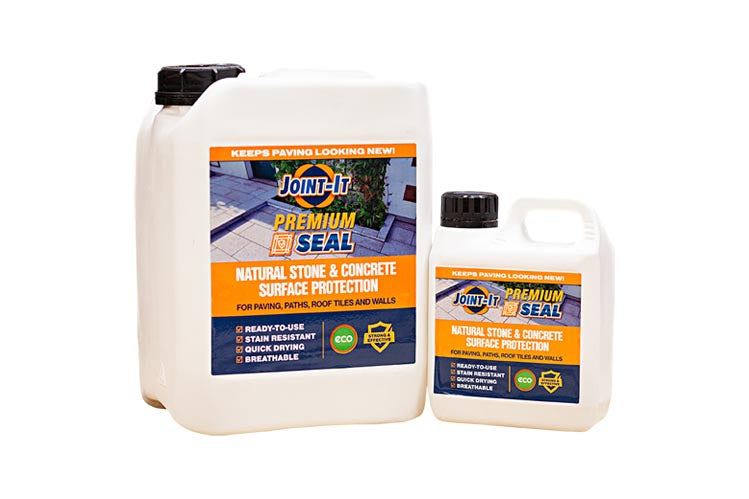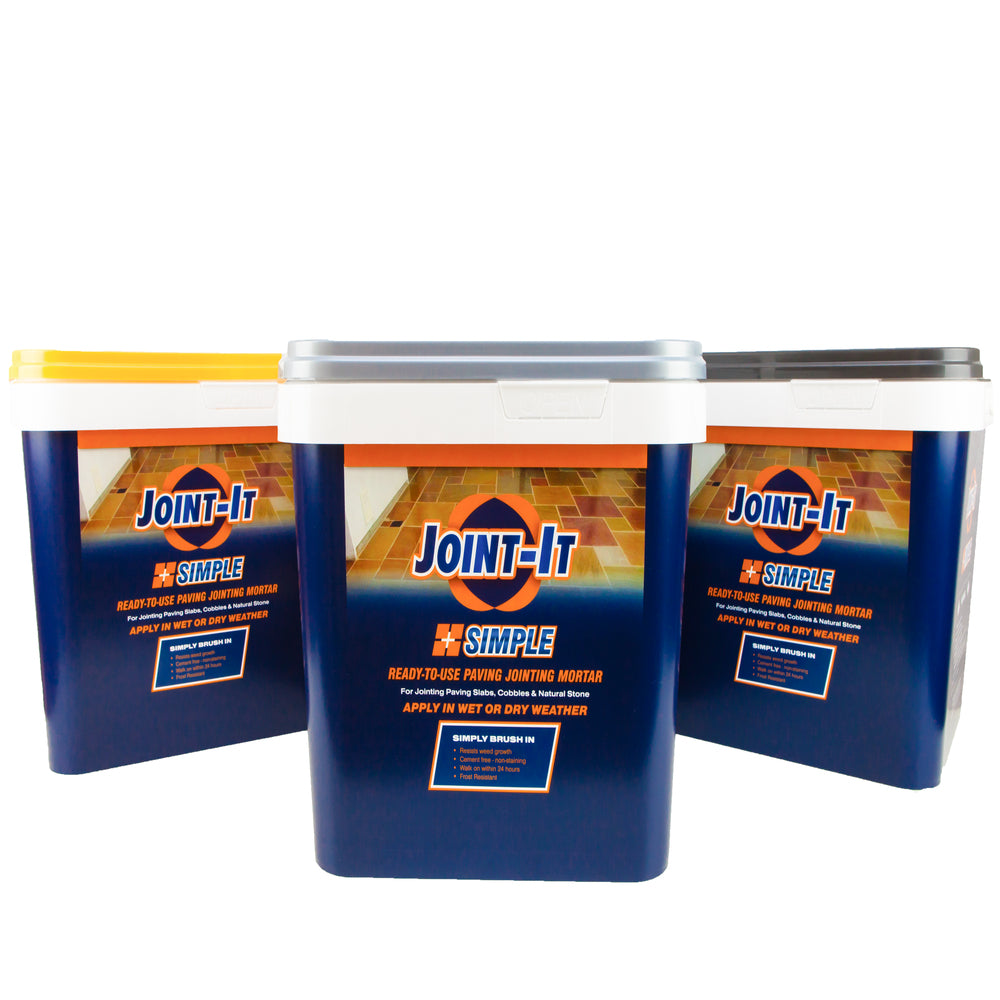Weeds are a persistent part of nature that are the bane of so many keen gardeners’ lives. Popping up where you do not want them, getting in the way or siphoning nutrients away from the plants you would rather grow instead. Weeds can come in all sorts of shapes – even your lawn is technically classed as a weed – but often the most unwelcome are the ones that end up growing between your patio slabs. They are unsightly and can even lead to structural damage if left too long. So, what is the best way to stop weeds from growing here you don’t want them?

The hard truth – weeds are unstoppable…
We wish we had better news. But the long and short of it is that weeds will continually grow wherever they get chance and will always find a way eventually. So, we are going to explain the best methods we have found of slowing the spread and keeping on top of it, you will just have to be aware that there is no magic cure. We have found weeds that have grown on top of artificial grass as one of their spores had landed on top of the turf and managed to root and grow. They are persistent, but there are methods to minimise their impact and make sure they do not ruin on the constructional element of your patio.

Joint-It – a modern solution
There is a plethora of products that are excellent for keeping weeds at bay. From chemicals to tools to jointing compounds. And it is these that we will focus on here. Jointing compounds are a resin-based sand product that is brushed into the gaps between your slabs which then sets rock solid over 24 hours. It provides a firm joint between your paving slabs that are much more effective in stopping weeds than a purely cement-based option.
It can be a fantastic option to scrape the time-weakened cement from between your slabs and replace them with a resin-based compound such as Joint-It simple. Not only will it improve the look of your patio immediately, but it will provide a new, strengthened, weed-resistant (although not entirely, remember!) joint for your slabs in as little time as a single afternoon. It is a good option to consider.

Traditional methods to help remove and stop weeds
Tools
A billhook and a thinner, smaller knife where needed will be perfect for getting the weeds out from between your patio slabs. Wet down the entire area to soften everything as well as the soil underneath. Get your gardening gloves on and pull out all the weeds you can get your hands on. Anything left that you can get to by hand, use your billhook to scrape them out. If you are re-grouting with Joint-It as mentioned above, get the billhook stuck right in there and scrape out the remainder of the weeds as well as any gunky soil parts that are loose too. Add a little bit of sharp sand before using the jointing compound to finish. This should keep your patio weed-free for years!
Chemicals
Moss and weed killer is available from any and every garden centre. It is an effective and simple treatment to remove a huge bulk of the weeds from your patio. However, it’s important to remember two things: 1. These chemicals often don’t differentiate between weeds and the plants you want in your garden, so be careful where you are spraying; 2. It will not stop the ground from being fertile enough for weeds to grow, so ideally you need to follow up the chemical treatment with a physical removal of any soil in the foundations.
Natural “chemicals”
If you don’t like the idea of using herbicides on your garden, then it’s worth considering some natural alternatives that will likely do a good job. There are methods everywhere online demonstrating using vinegar, salt or baking soda to kill weeds and all are fairly effective.
Boiling water
If all the above are too much, then simply pouring boiling water between your slabs may well be enough to kill the weeds off if done at regular intervals. Just make sure you pull out any weeds you do manage to kill with this method straight away. This will need to be done once a fortnight to be effective.
In Conclusion - Choose the right method for you
Not all of the above methods are suitable for everyone, so make sure you choose something you can commit to for the long term. Put as simply as possible, you will never stop the growth of weeds altogether – they are the most persistent of plants, growing where they are not wanted. So be prepared to be in it for the long hall.


